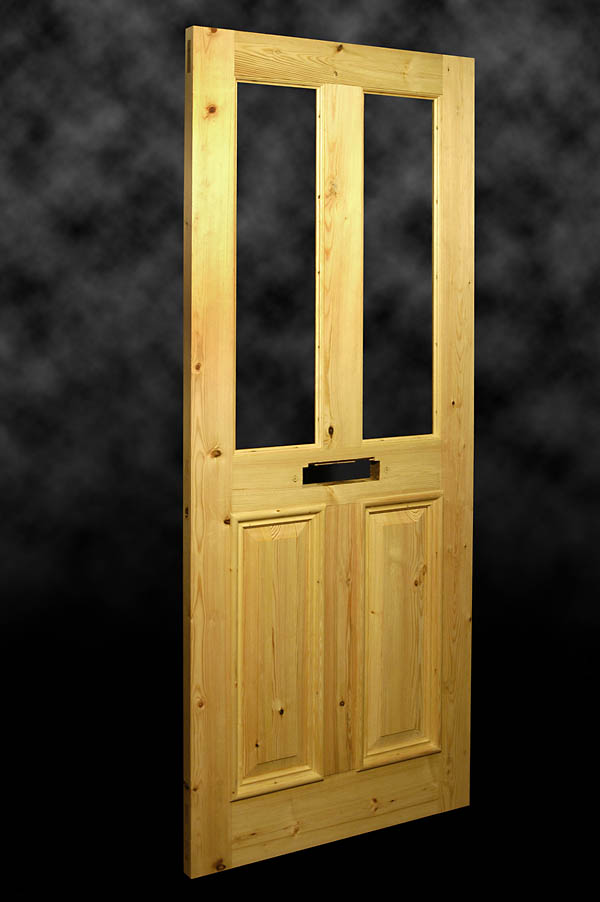pren
Established Member
Me again.
I've just been asked to make a front door for my grandparents place. It's 38 1/2" wide by 79 1/2" tall. Apparently this is an odd sized door?
There's no specific design in mind just yet, but 'nothing too fancy' and 'nice and strong' is the brief :roll: :lol: It's all going to be painted white.
I think I'm leaning towards something like this but with less glazed openings and flat panels:

Looks quite straight forward. I'm thinking of using 18mm exterior ply for the panels but I'm not sure what thickness to go for with the styles and rails or type of wood? Is there a standard thickness for front doors?
The budget is undefined but pretty limited.
Also, where can I get the moulding for the bottom of the door from? Is this called a rain bead?
I was only asked to do this about an hour ago so I've not really done much research yet.
All help greatfully recieved!
I've just been asked to make a front door for my grandparents place. It's 38 1/2" wide by 79 1/2" tall. Apparently this is an odd sized door?
There's no specific design in mind just yet, but 'nothing too fancy' and 'nice and strong' is the brief :roll: :lol: It's all going to be painted white.
I think I'm leaning towards something like this but with less glazed openings and flat panels:

Looks quite straight forward. I'm thinking of using 18mm exterior ply for the panels but I'm not sure what thickness to go for with the styles and rails or type of wood? Is there a standard thickness for front doors?
The budget is undefined but pretty limited.
Also, where can I get the moulding for the bottom of the door from? Is this called a rain bead?
I was only asked to do this about an hour ago so I've not really done much research yet.
All help greatfully recieved!

































